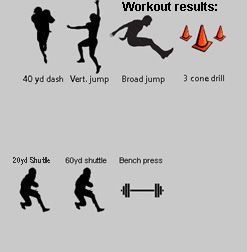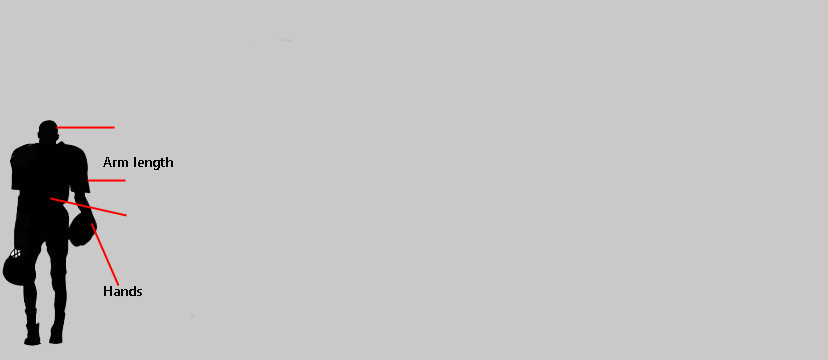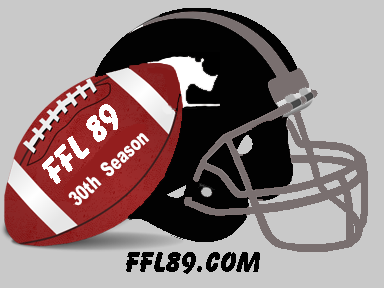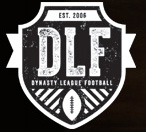

2017 Rookie profile
Donnel Pumphrey - RB




Franchise Football League
est 1989


Draft Pick: Philadelphia
|
|||
Round
|
4
|
Pick #
|
132
|
College:
|
San Diego State
|
||
Ranking:
|
|||
DLF
|
51
|
Pos.
|
17
|
DLF ADP:
|
46.50
|
||
Comparison:
|
|||
Player Profiler
|
Lance Dunbar
|
||
NFL Grade:
|
5.32
|
||
Backup or eventual starter
|
|||
Comparison:
|
Tyler Ervin
|
||
CBSsports
|
|||
Overall ranking:
|
163
|
||
Pos. ranking
|
14
|
||
Project. round
|
5
|
||
Comparison:
|
----
|
||
Contract
|
|||
5/11/2017: Signed a four-year contract
|
|||
4.48
|
33.5"
|
117.0"
|
----
|
---
|
---
|
---
|
---
|
----
|
----
|
5
|
---
|
---
|
---
|
5' 8"
176
NFL.com - Overview - analysis - strengths - weakness - bottom line
CBS - profile - news - stats - history
29"
8 1/2"


225 lbs.
225 lbs.
Player
profiles on:
DLF: There are not many running backs that are under 190 pounds making a living at the NFL level. Lighter running backs need to have elite speed to be able to compete in the NFL and although his 4.48 40-yard dash isnít horrible it isnít fast enough to make him a game changer. Donít be mistaken, he was hyper productive in college and runs very well between the tackles for his size, but the odds are against him due to his small frame and lack of speed.
NFL Overview: The two things most people will talk about with Pumphrey are his big numbers and his small frame. That 4.48 speed and plus agility helped him set the all-time NCAA FBS rushing record. The concern is that Pumphrey is not physically built to be a three-down back in the NFL -- an assertion supported by his poor bench press numbers at the combine. Fortunately, the league's era of specialization means he can certainly find a role with an offense looking to use him in a more unconventional way. Pumphrey looks comfortable catching passes even if he wasn't asked to do it very often at SDSU (he had just 27 catches in 2016 and 99 in four seasons). His success at the next level could rely on him being a change-of-pace back or as a pass-cathing back. Pumphrey will hold some intrigue for fantasy next season, but for now it appears speculative.
DRAFT ANALYSIS: For an undersized, multi-purpose scatback/returner, is there a better veteran to learn from than Darren Sproles, who happens to be entering contract year? Eagles fans may be looking at his eventual replacement in Pumphrey. --Mark Dulgerian
Comparing a playerís athletic traits to past and current NFL players
from DLF


Prospects Comments
Draft
Profile:
BMI = 26.8
BMI = High Body Mass Index
higher than 32.0 is extraordinary
Formula: mass(lbs) / height(in.)^2 x 703
DLF - To read the full article a premium
membership is required. 4.99/mo. or 29.99/yr.

* indicates bowl stats included

FFL89 Pick
|
|||
Young Guns
|
|||
Rd.
|
4
|
#
|
39
|













